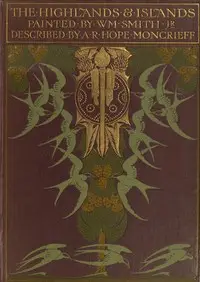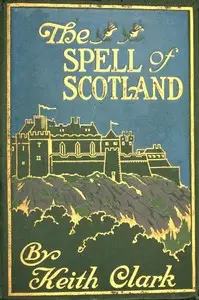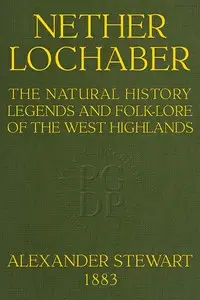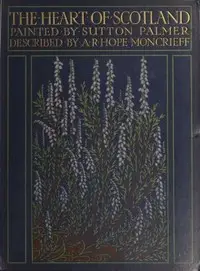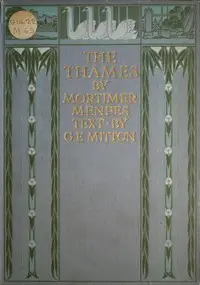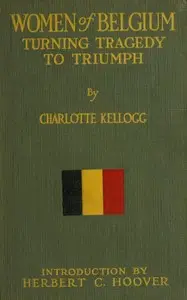"The Trossachs" by G. E. Mitton is an early 20th-century travelogue that brings to life the stunning Scottish region with its lochs, hills, and valleys. With the goal of enticing visitors, this guide captures its dramatic landscapes and rich history, linking places to well-known figures like Sir Walter Scott and Rob Roy MacGregor. It gives the reader the location of this breathtaking area, talks about important historic places, and shares adventure and folklore stories which define this place in Scotland.
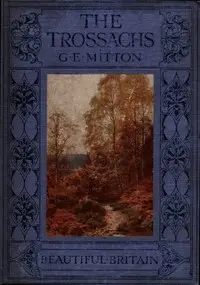
The Trossachs
By G. E. (Geraldine Edith) Mitton
Venture into a picturesque Scottish region where tales of legends intertwine with breathtaking landscapes of lochs and hills.
Summary
About the AuthorGeraldine Edith Mitton, pen name G. E. Mitton, was an English novelist, biographer, editor, and guide-book writer. Born in Bishop Auckland, County Durham, she was the third daughter of Rev. Henry Arthur Mitton, a master of Sherburn Hospital. In 1896, she moved to London, where she worked with Walter Besant on his survey of London. In 1899 she joined the staff of the publishing company A & C Black, where she was on the editorial staff of Who's Who. She married colonial administrator Sir George Scott in 1920, becoming his third wife. She collaborated with Scott on several novels set in Burma, and wrote his biography, Scott of the Shan Hills, which was published in 1936, the year after his death.
Geraldine Edith Mitton, pen name G. E. Mitton, was an English novelist, biographer, editor, and guide-book writer. Born in Bishop Auckland, County Durham, she was the third daughter of Rev. Henry Arthur Mitton, a master of Sherburn Hospital. In 1896, she moved to London, where she worked with Walter Besant on his survey of London. In 1899 she joined the staff of the publishing company A & C Black, where she was on the editorial staff of Who's Who. She married colonial administrator Sir George Scott in 1920, becoming his third wife. She collaborated with Scott on several novels set in Burma, and wrote his biography, Scott of the Shan Hills, which was published in 1936, the year after his death.

